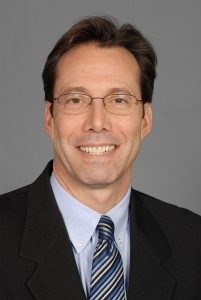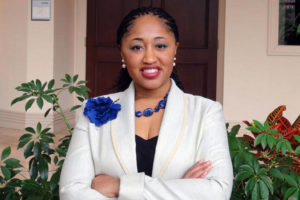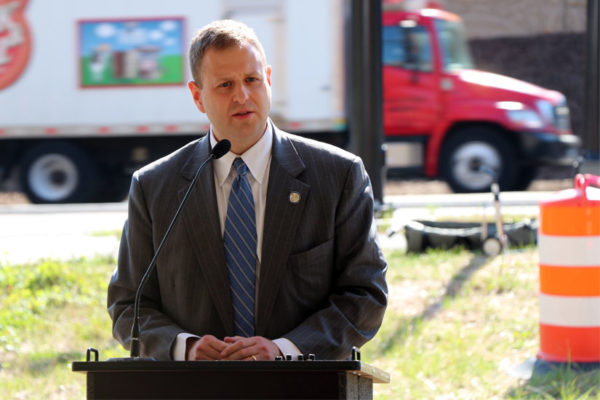 Progressive Voice is a weekly opinion column. The views and opinions expressed in the column are those of the individual and do not necessarily reflect the views of their organizations or ARLnow.
Progressive Voice is a weekly opinion column. The views and opinions expressed in the column are those of the individual and do not necessarily reflect the views of their organizations or ARLnow.
By Jay Fisette
Seriously? “Clean” Natural Gas? Natural gas is a fossil fuel. This is false advertising and it undermines the message and goals of our Community Energy Plan (“Energy Plan”).
Arlington’s local ART bus system is celebrating its 20th anniversary. Kudos that the ART buses have never been dirty diesel. Arlington’s transportation system overall is outstanding. We set a high bar on reducing vehicle miles traveled and providing a robust array of transportation options. Continuing these efforts is essential…yet insufficient because today 36% of Arlington’s overall greenhouse gas (GHG) emissions still come from transportation.
We must better integrate and embrace energy and climate goals into transportation planning and investments.
Later this month, the County Board will act to update the 2013 Energy Plan. They have already made some important improvements to the staff draft–such as setting a goal of carbon neutrality by 2050. What remains weak are the transportation goals.
The County Board needs to direct county staff to develop a plan, by 2021, for the ultimate transition of our county fleet to zero emissions. The ART buses need to move beyond natural gas and transition to electric vehicles (EVs).
Alexandria’s Environmental Action Plan calls for replacing 25% of their municipal fleet with electric vehicles by 2027, and 100% by 2040–with a plan due by 2021. By 2020, they will develop a strategy for a community electric vehicle-charging infrastructure.
Montgomery County has a goal of zero emissions from transportation by 2035. King County/Seattle has a goal of electrifying its entire 1,400-bus fleet by 2040.
At my training with Al Gore’s Climate Reality Project, I learned the two fundamental changes needed to meet the imperative of climate change are: (1) replacing fossil fuels with renewables, and (2) electrifying transportation.
Arlington’s sustainability story is a source of pride for me and for our community. We pioneered smart growth, and we integrated that land use with a robust transportation system. Now we must fully integrate climate and energy goals into all we do.
Even in Virginia where local government authority is often limited by the state, Arlington has complete authority to electrify public transportation and create a public charging infrastructure for private vehicles.
Our County and Arlington Public Schools (APS) fleet includes sedans (why not start purchasing all electric sedans now?), municipal buses and school buses.
Dominion Energy just launched an ambitious school bus initiative. They will pay the difference between an electric and diesel bus as well as the charging infrastructure for thousands of buses over the next decade. Their goal: all school bus purchases will be electric by 2030. Arlington should sign up early! I hope Dominion will do the same with municipal bus fleets.
Arlington can lead by example to encourage residents, businesses and other localities to buy electric vehicles. We should aggressively engage the region in negotiating with the utilities, explore joint procurement savings, and advocate for needed state policy changes.
The wave has already begun. 17% of the world’s buses are already electric. Many major cities have committed to buy only zero emission buses by 2025 (Aukland, Seattle, Vancouver, Los Angeles, etc.). Shanghai and Shenzhen are already 100% electric.
And all major car manufacturers are designing electric vehicles. In 2018, Volkswagen, GM, BMW, Ford, Fiat, and Volvo all announced $100 billion investments in new electric vehicles. In 2017, Mark Reuss, GM’s EVP for Global Product Development, stated, “GM believes the future is all electric.”
Electric vehicles cost more to buy today, though battery and bus costs are coming down. However, when life cycle costs are considered, the savings on the operation and maintenance of electric vehicles, along with options to lease the battery, are closing the cost differential.
The County needs a long-term transportation plan to create a zero emissions fleet that includes electric vehicles…and should remove the misleading language from our 81 ART buses today.
Jay Fisette served on the County Board from 1998 – 2017 and led the development and adoption of the initial Community Energy Plan.










